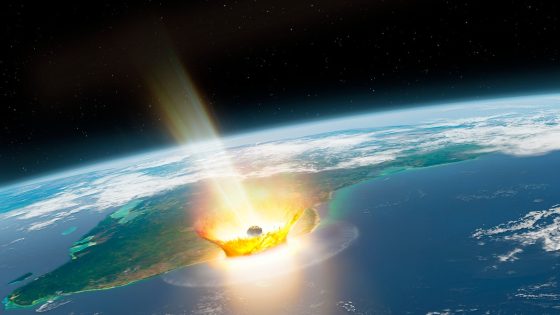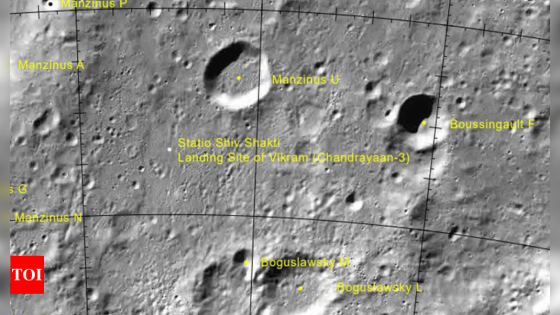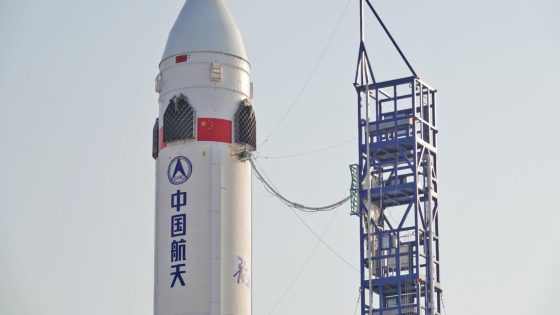Asteroid 2024 YR4, dubbed “the city destroyer,” is expected to pass close to Earth in December 2032. With a size between 40 to 100 meters, the potential for impact raises concerns. Could this asteroid pose a serious threat to our planet?
- Asteroid 2024 YR4 may strike Earth in 2032.
- Estimated impact probability is 2 percent.
- Potential explosion equivalent to 8 million tons of TNT.
- Risk corridor includes parts of South America and Asia.
- 2024 YR4 currently ranks level 3 on Torino scale.
- UN has activated monitoring protocols for asteroid.
What Are the Risks of Asteroid 2024 YR4 Passing Close to Earth?
What would happen if Asteroid 2024 YR4 actually hit Earth? With a possible airburst equivalent to 8 million tons of TNT, the consequences could be catastrophic. Countries like India, Pakistan, and Nigeria are among those that could be affected. Understanding the asteroid’s path is crucial for global safety.
Which Countries Are at Risk from Asteroid 2024 YR4?
Asteroid 2024 YR4 has a 2% chance of impacting Earth, prompting experts to identify regions that could be affected. The risk corridor stretches from northern South America to southern Asia, covering several countries.
- India
- Pakistan
- Bangladesh
- Ethiopia
- Sudan
- Nigeria
- Venezuela
- Colombia
- Ecuador
Understanding the Torino Scale and Its Importance
The Torino Scale measures the threat level of asteroids. Currently, 2024 YR4 is ranked at level 3, indicating a significant risk that requires monitoring. As scientists gather more data, this ranking may change, potentially lowering the threat level.
Current Monitoring Efforts and Future Plans
In response to the potential threat of Asteroid 2024 YR4, international space agencies are actively monitoring its trajectory. The UN has activated emergency protocols, focusing on continuous observation to refine risk assessments. Future measures may include deflecting asteroids through kinetic strikes, as demonstrated by NASA’s DART mission.
In conclusion, while the risk of Asteroid 2024 YR4 impacting Earth is low, the potential consequences are severe. Continuous monitoring and proactive measures are essential to safeguard our planet.

































